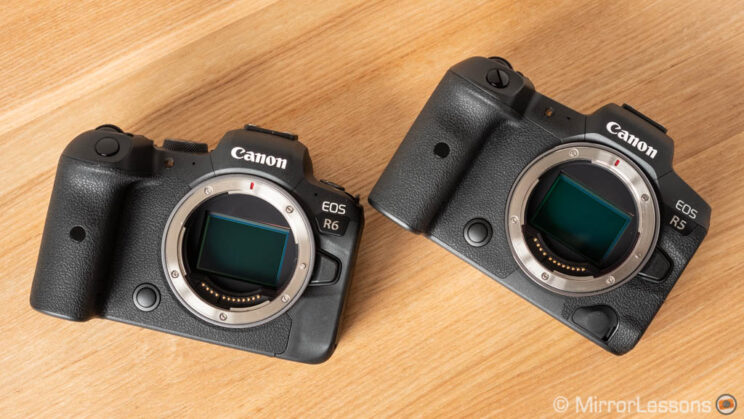This week marked an important chapter for micro four thirds with the introduction of the OM-1. There are also various lenses and firmware updates.
OM System OM-1
The first high-end camera to arrive after the exit of Olympus from the camera business has a lot of interesting upgrades. The newly formed OM Digital Solutions company pays tribute to Olympus’ heritage by giving the new product the same name as the reflex 35mm film camera introduced 50 years ago.
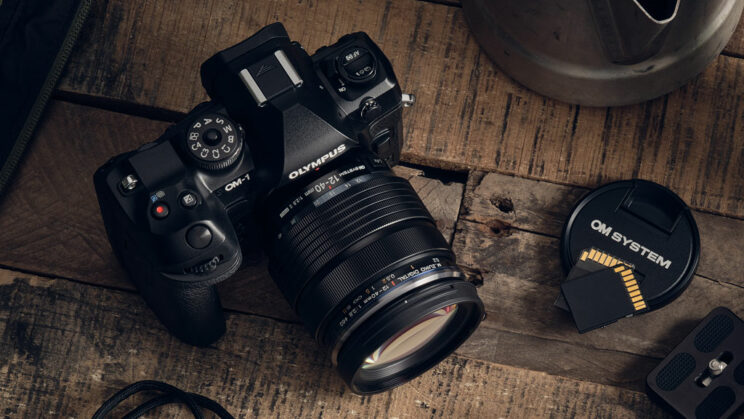
There is a new 20MP BSI stacked Quad Bayer sensor that also features a completely renovated AF system with more points and 100% sensor coverage. OM claims a 2 stop improved ISO performance and 1 stop improved dynamic range over the previous cameras. Video goes up to 4K 60p without sensor crop nor recoding limitation. There is in-body image stabilisation and impressive continuous shooting speeds up to 120fps (with RAW)!
On the outside, the design remains very similar to E-M1 III, minus a few changes. There is a new battery, more resolution for the EVF and LCD, and lots of extra features with a faster processing speed. You can read all about it in our two comparison previews below.
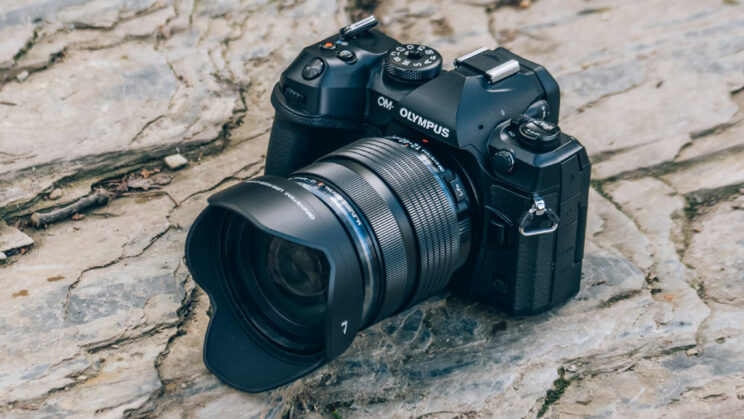
OM has also introduced a new battery grip (HLD-10), a new dual charger (optional) and an updated version of its Workspace software (now called OM Workspace).
OM System 12-40mm F2.8 PRO II and 40-150mm F4 PRO
Alongside the new camera, OM also introduced two new lenses.
The 12-40mm II is the same as the original lens when it comes to optical design and features. Only the coating on the front element and the weather sealing have been improved (IPX53 to match the same rating as the OM-1).
- 14 elements in 9 groups
- 1 EDA, 2 aspherical, 1 DSA, 2 ED and 1 HD elements
- 7-blade aperture diaphragm
- Stepping Motor AF
- Min. focus: 20cm
- 62mm filter thread
- 382g
- Retail price: $1000
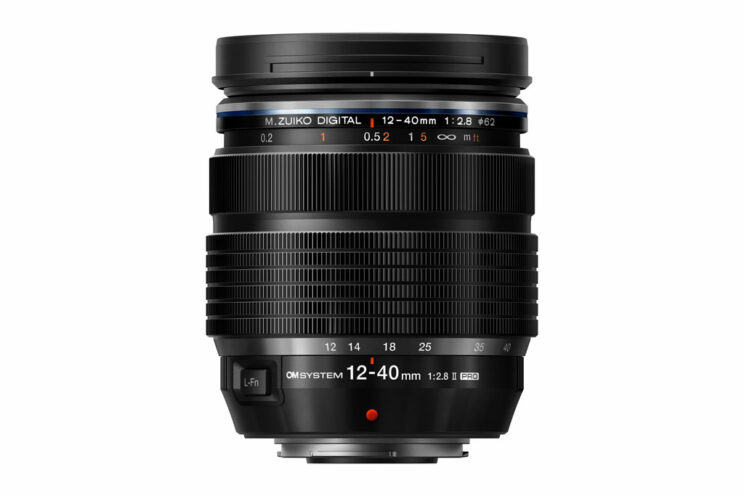
The 40-150mm is a compact telephoto zoom lens with a constant aperture of f/4. It is much smaller than its f/2.8 counter-part but is not compatible with the teleconverters.
- 15 elements in 9 groups
- 2 ED, 1 Super ED, 1 HR and 2 aspherical elements
- 7-blade aperture diaphragm
- Stepping Motor AF
- Min. focus: 70cm
- 62mm filter thread
- 382g
- Retail price: $900
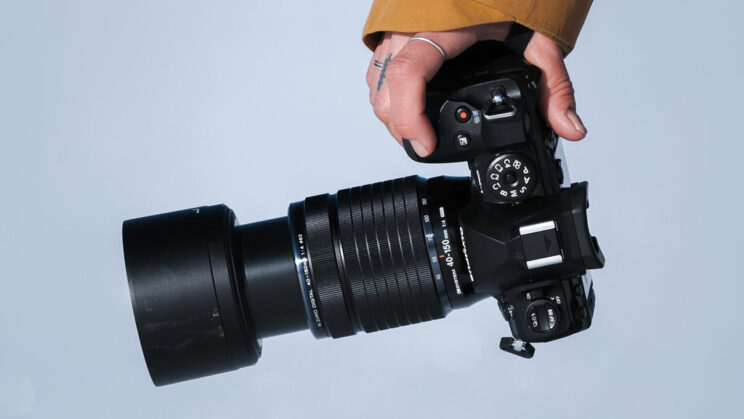
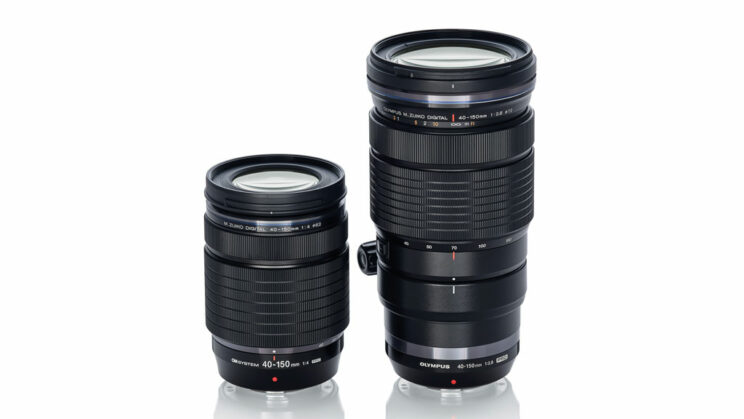
Cosina Voigtlander Nokton D35mm F1.2 for Nikon
Cosina has designed various lenses for the Sony E-mount system. They are manual focus built with electronic contacts (like the Zeiss Loxia series) to make the product more compatible with camera features such as exif and in-body image stabilisation.
Now, the company is starting to do the same for Nikon Z-mount cameras. The first is a 35mm F1.2 designed for FX and DX sensors. It’s tiny (230g) and should cost around $700.
- 8 elements in 6 groups
- 1 extra-low dispersion element
- 12-blade aperture diaphragm
- Min. focus: 30cm
- 46mm filter thread
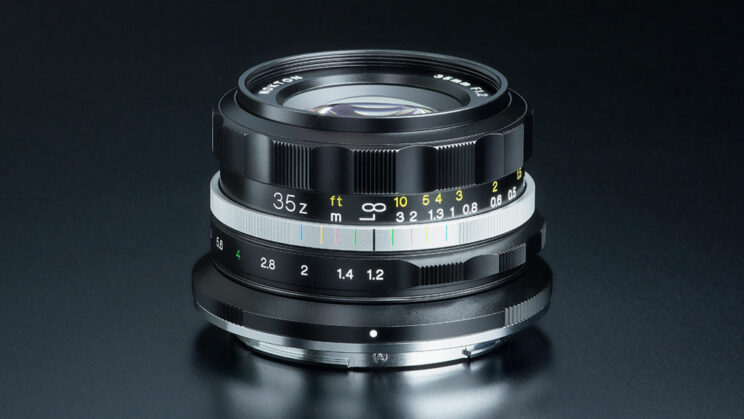
Tokina SZ 8mm F2.8 Fisheye for Sony and Fujifilm
The SZ 8mm is a fisheye manual focus lens designed for Sony E-mount and Fujifilm X-mount. It can also be used on full frame sensors by removing the hood and having a circular fisheye effect. No info about the price yet.
- 11 elements in 9 groups
- 7-blade aperture
- Min. focus: 10cm
- No electronic contacts
- Clickless aperture ring
- 280g
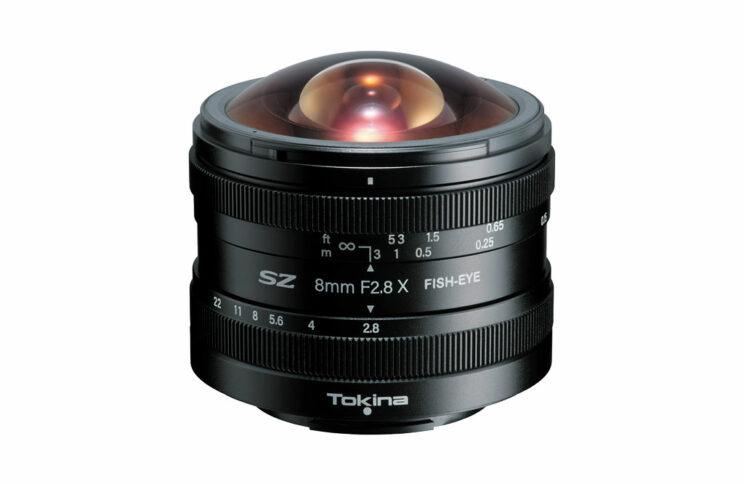
Fujifilm Firmware Update
Fujifilm has released a firmware update to fix a bug concerning 12 of its cameras. The new software is initially available for six of them: X-T4, X-T3, X-S10, GFX100S, GFX100 and GFX 50S.
The remaining six cameras (GFX 50R, GFX50S II, X-Pro3, X-E4, X-T30 I, and X100V) will get an update at the end of the month.
What is the bug about? On Mac computers, a card containing more than 4,000 images might not be read correctly and photos might be lost when the card is ejected.
You can download the firmware on the Fujifilm Support page.
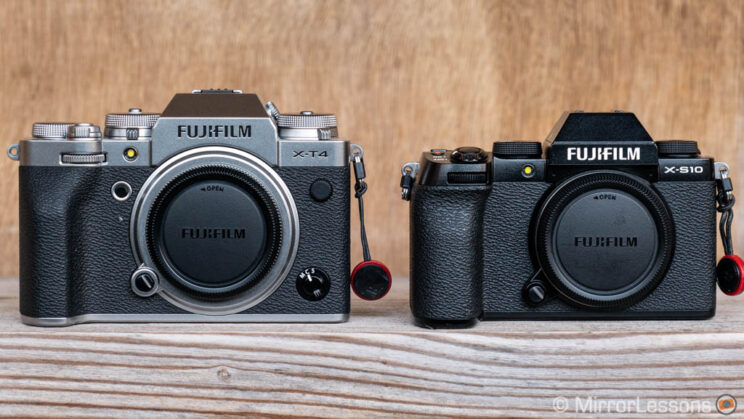
Canon Firmware Update
Another firmware to fix a problem, this time from Canon concerning the R5 and R6 that occasionally ‘freeze’ while working in Servo AF mode.
You can download the software from the Canon website.
